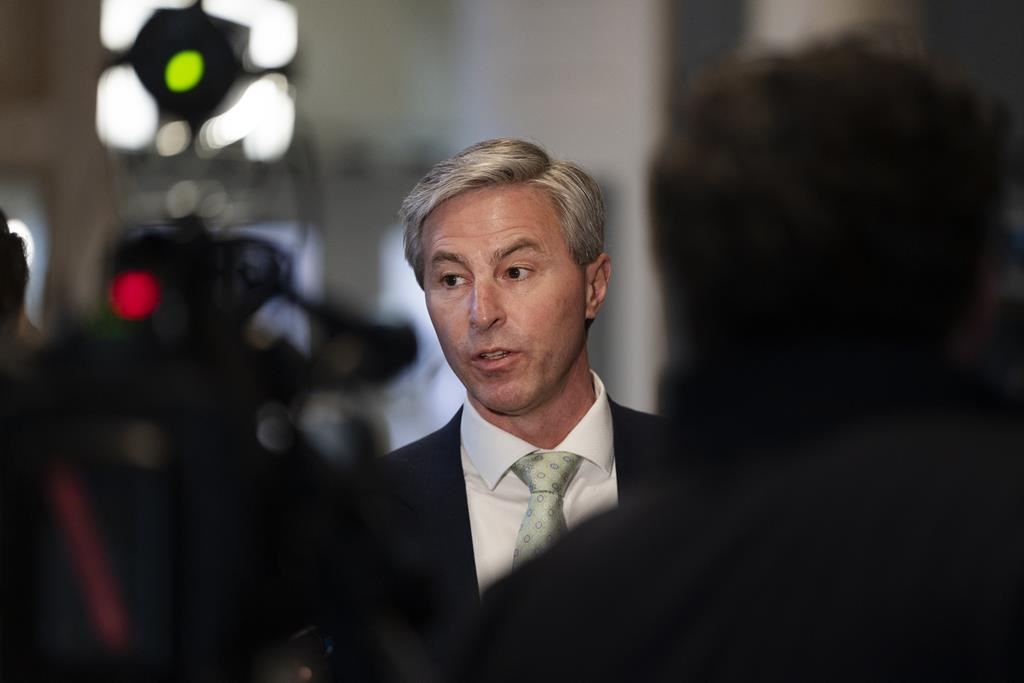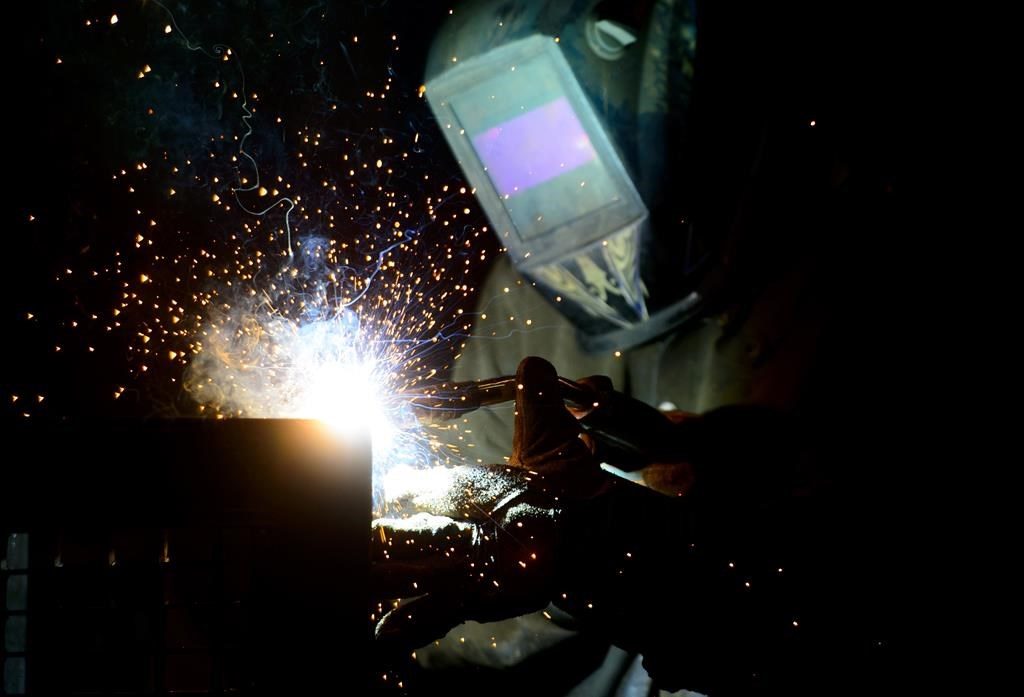Syrian capital sees heaviest clashes in weeks, frightened residents hide in their homes
Posted Feb 6, 2013 02:01:18 PM.
This article is more than 5 years old.
BEIRUT – Syrian rebels and regime forces fought their most intense clashes in weeks inside the heavily guarded capital of Damascus on Wednesday, activists said, with the sounds of shell blasts echoing through the downtown area and keeping many children home from school while residents hid in their houses.
The opposition fighters blasted army checkpoints with rifles and anti-aircraft guns while government forces shelled the eastern and southern suburbs, trying to repel a new insurgent effort to push the civil war into the heart of the capital, the anti-regime activists said.
Although bordered by rebellious suburbs that have seen fierce fighting, widespread clashes have remained mostly on the capital’s edges, saving it from the destruction that has ravaged other major cities such as Aleppo and Homs.
The military of President Bashar has focused on securing the capital, and the dozens of rebels groups that have established footholds in Damascus suburbs have failed to form a united front, each fighting for its own area with little or no co-ordination with others.
Much of Wednesday’s fighting was sparked by a push by a number of rebels groups in the northwestern neighbourhood of Jobar, which is bisected by the Damascus ring road. Rebels, who control the area east of the road, launched attacks on army checkpoints in the regime-controlled western part to try to seize the road, one of the capital’s most important thoroughfares.
They dubbed the operation “The Battle of Armageddon.” It did not appear to be co-ordinated with rebel groups elsewhere in the city.
Videos posted online showed dozens of rebels collecting in the area with rifles and rocket-propelled grenade launchers as well as rebel attacks on army checkpoints with heavy-calibremachine-guns mounted on pickup trucks. Intense gunfire was heard in the background of another video, while local mosques repeatedly broadcast “God is great” as a battle cry.
Rebels claimed to have seized at least one checkpoint near a prominent mosque on the ring road, but it was unclear where the front lines were late Wednesday. Rebels often abandon areas soon after seizing them, fearing government shelling and airstrikes.
The government responded by stopping traffic to the Abbasid roundabout on the neighbourhood’s western side and closing a number of roads nearby. Activists said the army also rained shells on rebel areas east of the city. Online videos showed repeated blasts in the nearby suburb of Arbeen sending up clouds of smoke.
“We woke up this morning to the sound of fierce battles,” said a Jobar resident who had fled to another Damascus neighbourhood. Speaking on condition of anonymity because he feared for his safety, he said it was not the first time he had fled fighting in the neighbourhood.
“Every time there are battles, we flee and have to decide where to go,” he said. “Sometimes we stay with relatives, sometimes with neighbours who fled before us.”
Rebels also clashed with the army on both sides of the capital’s southern boundary, including in the neighbourhoods of Tadamon and Yarmouk. Residents of southern neighbourhoods said they could hear blasts and see smoke rising from government shelling near the rebel-held suburb of Daraya.
The Britain-based activist group Syrian Observatory for Human Rights reported clashes and shelling east and south of Damascus, saying at least 40 people were killed in and around the city.
The state news agency said the army was pursuing rebels in Jobar and other areas east of the city and had killed an unspecified number of them.
The sounds of the nearby violence terrified residents. Few cars were on the roads and many shops were closed.
In central Damascus, a coffee merchant named Waleed stood in front of his shop, listening to the blasts in the distance.
“Most of my neighbours have shut and gone home, and I’ll shut too in a bit,” he said, giving only his first name because of fears for his safety.
“How can these people keep shelling, and how many people have they killed?” he asked “May God punish the oppressor.”
The Observatory also reported two car bomb blasts in the ancient city of Palmyra in central Syria. One targeted the local branch of Syria’s military intelligence agency, killing at least 19 security officers and wounding many more. A second and apparently co-ordinated bomb hit another security office. Eight civilians were wounded in gunfire and explosions following the two attacks, the Observatory said.
An online video purportedly shot in Palmyra showed a huge grey mushroom cloud rising over the city.
All videos appeared genuine and corresponded to other reporting by The Associated Press.
The state news agency confirmed the blasts but said two suicide bombers blew up their cars near a garage, killing and wounded an unspecified number of people.
No one claimed responsibility for the blasts. Some rebel groups have acknowledged carrying out suicide attacks on government targets.
The government blamed the blasts on “terrorists” — its blanket term for the opposition.
Activists also reported fierce clashes near the northern city of Aleppo, where rebels have attacked army convoys heading to a military complex near the town of al-Safireh. At least 12 fighters were killed there, the Observatory said, while a shell attack on the nearby city of al-Bab killed five members of the same family.
More than 60,000 people have been killed since Syria’s conflict started in March 2011. Some 700,000 people have fled to neighbouring countries and more than 2 million remain displaced inside Syria.
____
Associated Press writer Albert Aji and a Syrian journalist contributed reporting from Damascus, Syria.










